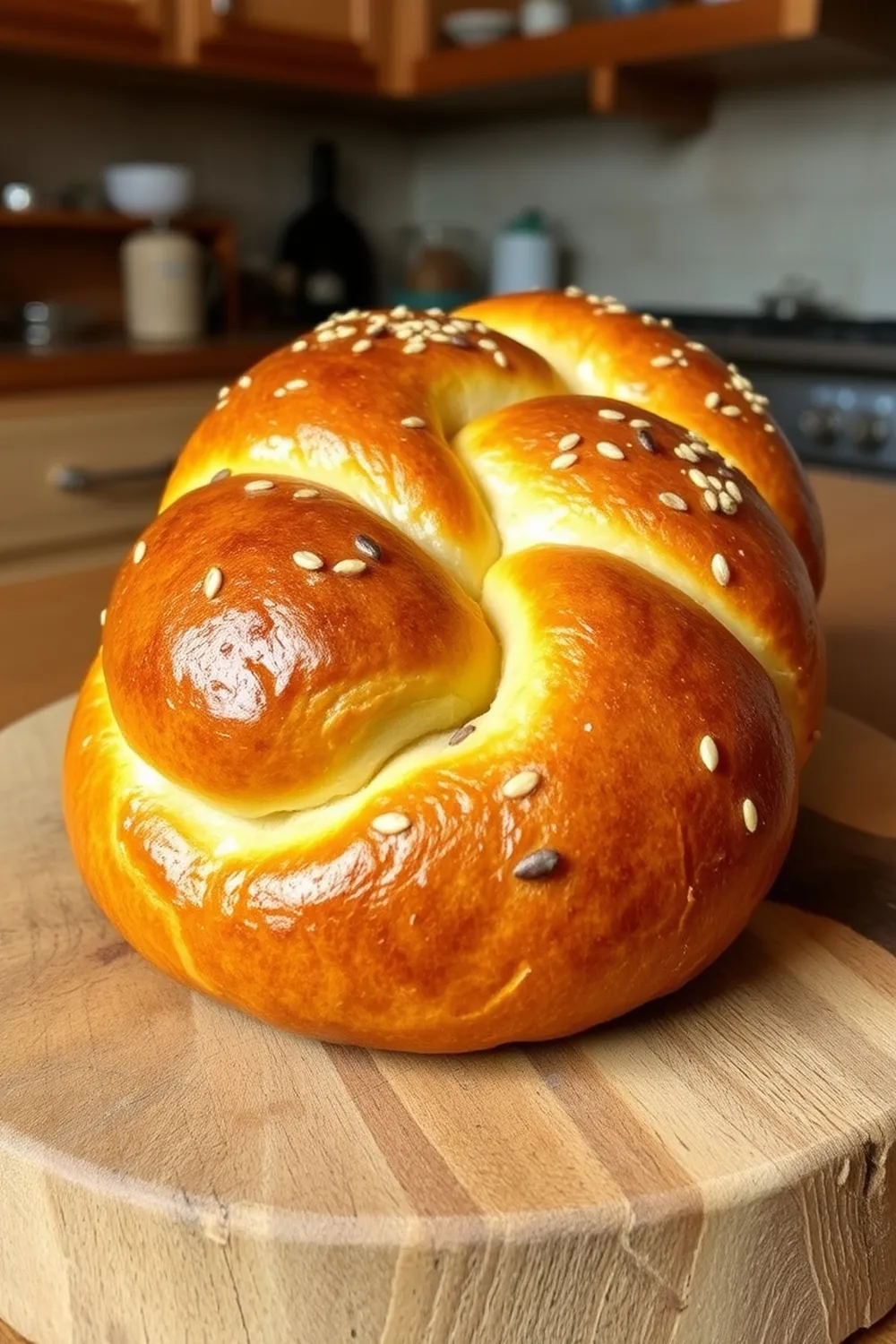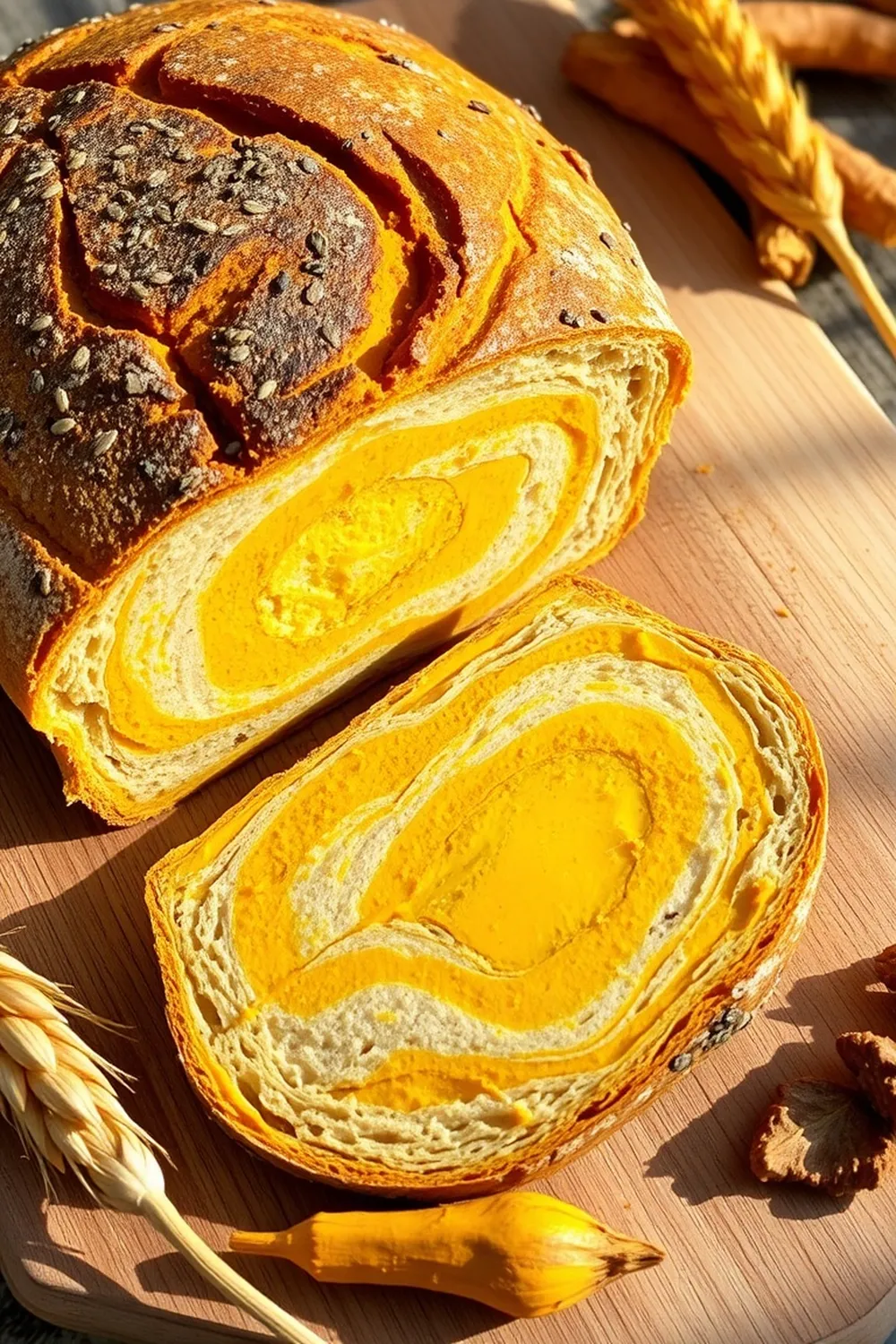- Combine wholewheat flour, all-purpose flour, and salt in a bowl. Gradually add lukewarm water and knead to form a soft, non-sticky dough.
- Knead oil into the dough until fully incorporated. Cover and let rest for 30 minutes.
- Divide the dough into 10 equal balls. Roll each ball thinly on a lightly oiled surface. Brush with oil, sprinkle with flour, and pleat like a saree (or accordion fold).
- Roll the pleated dough into a spiral, press gently to flatten, and rest on a greased plate for 30 minutes.
- Heat a pan with ghee. Roll each spiral into a paratha and cook on medium heat until golden brown, flipping and basting with ghee.
- Gently beat the cooked paratha to separate the layers. Serve hot with curry, yogurt, or pickle.
- Calories:220 kcal25%
- Energy:920 kJ22%
- Protein:5 g28%
- Carbohydrates:32 mg40%
- Sugar:mg8%
- Salt:200 g25%
- Fat:8 g20%
Last Updated on 2 months by Neha Deshmukh
Layered Whole Wheat Paratha Recipe – Flaky Indian Flatbread
Hey everyone! If you’ve ever craved that perfectly flaky, melt-in-your-mouth paratha you get at your favorite Indian restaurant, you’re in the right place. I remember the first time I tried making layered parathas – it felt a little daunting, but trust me, the reward is so worth it. This recipe is for a layered whole wheat paratha, and it’s become a staple in my home. It’s perfect for a weekend brunch, a hearty lunch, or even a special dinner. Let’s get cooking!
Why You’ll Love This Recipe
This isn’t just any paratha recipe. We’re going for layers, people – seriously flaky, buttery (or ghee-y!) layers. It’s a little bit of work, but the texture is incredible. Plus, using a mix of wholewheat and all-purpose flour gives you that lovely wholesome flavor alongside a beautifully soft texture. It’s a comforting, satisfying dish that’s sure to impress.
Ingredients
Here’s what you’ll need to make these amazing layered parathas:
- 1 ½ cups wholewheat flour (atta) – about 180g
- 1 ½ cups all-purpose flour (maida) – about 180g
- 1 tsp salt
- Lukewarm water – as needed (about ¾ – 1 cup)
- 2 tbsp oil (plus extra for brushing)
Ingredient Notes
Let’s talk ingredients for a sec! A few things make this recipe special.
- Flour Power: I love using a mix of wholewheat and all-purpose flour. The wholewheat gives it a lovely nutty flavor and some extra fiber, while the all-purpose flour helps create a softer, more pliable dough.
- Lukewarm Water is Key: Using lukewarm water helps activate the gluten in the flour, resulting in a softer dough. Not too hot, though! Just comfortably warm to the touch.
- Oil for Layers: Don’t skimp on the oil! It’s what creates those beautiful, flaky layers we’re after. We’ll use it in the dough and when rolling.
Step-By-Step Instructions
Alright, let’s get down to business!
- First, in a large bowl, combine the wholewheat flour, all-purpose flour, and salt.
- Gradually add the lukewarm water, mixing with your hands until a soft, non-sticky dough forms. You might not need all the water, so add it slowly!
- Now, knead in the 2 tablespoons of oil until it’s fully incorporated. This takes a little elbow grease, but it’s worth it.
- Cover the dough and let it rest for at least 30 minutes. This allows the gluten to relax, making it easier to roll.
- Divide the dough into 10 equal balls.
- On a lightly oiled surface, roll each ball out thinly – about 6-8 inches in diameter.
- Brush the rolled-out dough with oil, then sprinkle lightly with flour. Now comes the fun part: pleat the dough like a saree! (Don’t worry if it’s not perfect, it still tastes amazing!).
- Roll the pleated dough into a tight spiral. Gently press it down and rest it on a greased plate for another 30 minutes. This helps it hold its shape.
- Heat a pan (preferably cast iron) over medium heat. Add a generous amount of ghee.
- Roll each spiral into a paratha, about 5-6 inches in diameter. Cook on the hot pan until golden brown spots appear on both sides, flipping and basting with ghee.
- Gently beat the cooked paratha with a clean cloth or spatula. This separates the layers and makes it extra flaky!
Expert Tips
- Don’t Overknead: Overkneading can make the parathas tough.
- Resting is Crucial: Seriously, don’t skip the resting periods. It makes a huge difference.
- Hot Pan, Medium Heat: A hot pan is essential for getting those golden brown spots, but medium heat prevents the parathas from burning.
- Ghee is Best: While oil works, ghee adds a wonderful flavor and richness.
Variations
Want to switch things up? Here are a few ideas:
- Vegan Adaptation: Simply substitute the ghee with your favorite cooking oil. Sunflower or canola oil work well.
- Gluten-Free Adaptation: Use a good quality gluten-free flour blend. You might need to adjust the amount of water slightly.
- Spice Level: Add a pinch of red chili flakes to the dough for a little kick. My friend, Priya, loves doing this!
- Festival Adaptation: These parathas are especially popular during breakfast festivals like Lohri and Makar Sankranti. My family always makes a big batch for those celebrations.
Serving Suggestions
Serve these layered parathas hot off the pan with your favorite Indian curry, a dollop of creamy yogurt, or a tangy pickle. They’re also delicious on their own! I personally love them with a simple aloo (potato) sabzi.
Storage Instructions
Leftover parathas can be stored in an airtight container at room temperature for up to 2 days. Reheat them on a griddle or in a dry pan to restore their crispness. You can also freeze the rolled paratha spirals before cooking. Just separate them with parchment paper and store them in a freezer bag for up to a month.
FAQs
1. What type of oil is best for making parathas?
Ghee is traditional and adds the best flavor, but any neutral-flavored oil like sunflower, canola, or vegetable oil will work.
2. Can I make the dough ahead of time? If so, how should I store it?
Yes! You can make the dough a day ahead. Store it in an airtight container in the refrigerator. Bring it to room temperature before rolling.
3. How do I get the parathas to puff up?
Beating the paratha gently after cooking helps separate the layers and encourages puffing. Also, make sure your pan is hot enough!
4. What is the best way to roll the parathas to create layers?
The pleating and spiraling technique is key! Don’t worry about making it perfect – practice makes perfect.
5. Can I freeze the rolled paratha spirals before cooking?
Absolutely! This is a great way to save time. Just make sure to separate them with parchment paper to prevent them from sticking together.
Enjoy! I hope you love this recipe as much as my family does. Let me know how it turns out in the comments below!










